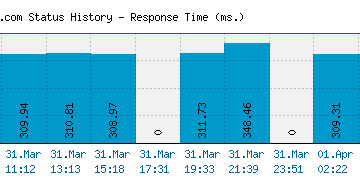The Impact of Ajax on Modern Web Development

Introduction
As the internet continues to evolve, the demand for dynamic and interactive user experiences has grown significantly. At the forefront of this transformation is Ajax (Asynchronous JavaScript and XML), a technology that enables web applications to retrieve data asynchronously without interfering with the display and behaviour of the existing page. This capability is crucial in creating seamless, responsive applications that meet user expectations in today’s fast-paced digital environment.
How Ajax Works
Ajax combines multiple web technologies, including HTML, CSS, and JavaScript, to allow web servers to communicate asynchronously with a user’s web browser. This means that web applications can send and receive data in the background without a full web page refresh. As a result, users can interact with a website more fluidly, whether they are filling out forms, loading new content, or searching for information.
One of the typical uses of Ajax is in web-based applications like Google Maps, which seamlessly updates the visible map area as users drag it or zoom in and out, pulling updated information from its servers in real-time.
Recent Developments and Trends
Ajax has been instrumental in the rise of single-page applications (SPAs) as developers seek to enhance user experience by reducing load times and improving performance. With the introduction of frameworks like React, Angular, and Vue.js, Ajax has become even more effective as these frameworks come with built-in features to support AJAX functionality, simplifying the integration process for developers.
Furthermore, as mobile internet usage soars, the need for fast and efficient web applications has led to increased integration of Ajax in mobile app development. Many native mobile applications now utilise web technologies, and Ajax allows these apps to communicate with servers effectively while preserving the user experience.
Challenges and Future of Ajax
While Ajax has greatly improved web application capabilities, it is not without its challenges. Issues such as browser compatibility, maintaining SEO best practices, and managing AJAX requests efficiently can pose obstacles for developers. Additionally, as web technologies continue to advance, the reliance on JavaScript and AJAX necessitates a strong understanding of performance optimisation to avoid slow or unresponsive applications.
Conclusion
Ajax has fundamentally changed the way web development works, enabling the creation of applications that are both dynamic and responsive to user interactions. As new frameworks and technologies emerge, it is clear that the future of web development will continue to lean heavily on Ajax for creating innovative solutions. Developers who can master this technology will be well-positioned to meet the demands of modern users and contribute to a more interactive web experience.









